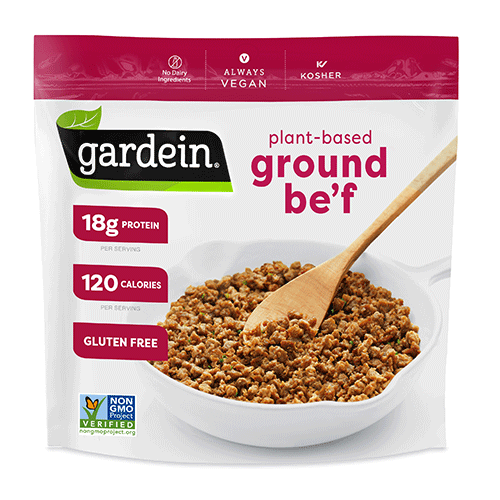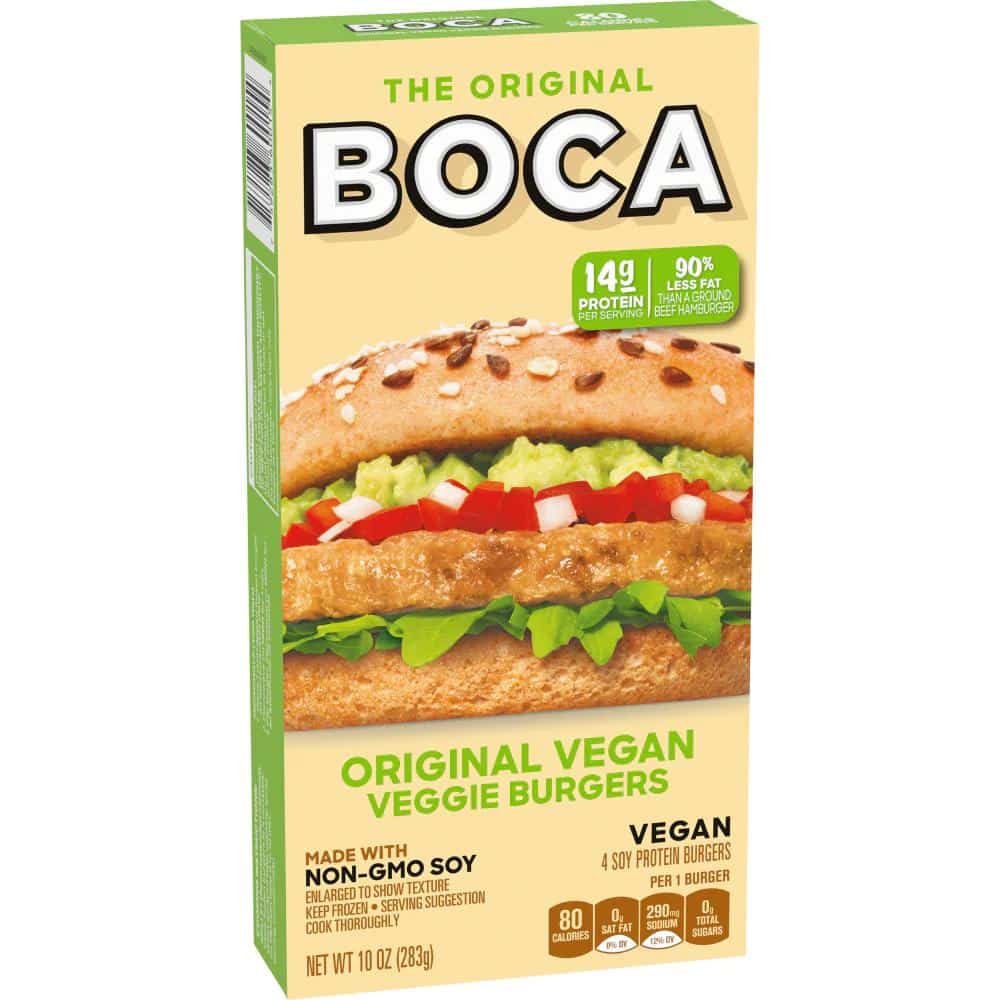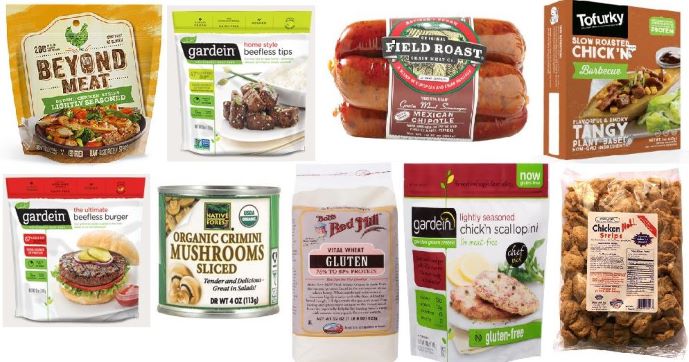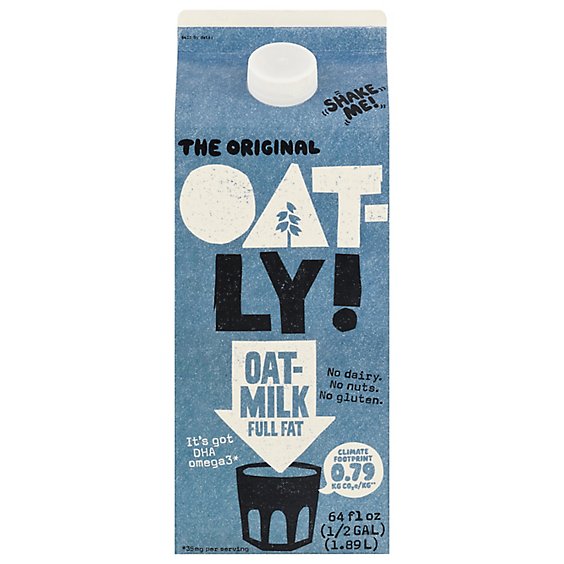There are some bills that have been passed that limit what meatless/dairy free products can label themselves as. It’s important to point out that the people who are fighting for these labelling laws are a majority from the animal agriculture industry. They will say that these products confuse consumers and companies are trying to trick people into buying their unhealthy products.
It’s disingenuous to claim that alternative milks and dairy confuse consumers. The meat and the vegan meat are located in different parts of the store and alongside that vegan products have multiple different labels on the front and the back that clearly clarify that it is in fact made from plants.


Here are some examples. In the first image it states it is (1) Always vegan (2) plant-based above the “ground be’f (3) the word beef itself is missing an e. The second says (1) no dairy and (2) specifies that it is milk from an oat. In the final example it states (1) vegan in front of veggie burgers (2) vegan again at the bottom of the front of the box and (3) it says made from soy protein. Every meatless/dairy free option is like these examples. Even if someone does miss the labeling, maybe they will find a new product that they enjoy.
It simply just doesn’t sound as appetizing to call oat milk, oat drink. Or vegan beef, textured soy protein. These products purpose is to mimic the traditional products that consumers grew up on, and many of them do a good job of it. Most people would not pick up oat drink, but many might be more interested in an oat milk. I think proponents of these laws are scared that people will enjoy these alternatives more and so they are attempting to control how they’re perceived. In the English language there are many examples of foods that are called something that they are not. There is no butter in peanut butter, blueberries aren’t actually blue, hot dogs contain no dog, and french fries are not French. So why is it only an issue when the TVP that tastes exactly like beef wants to call itself beef?


